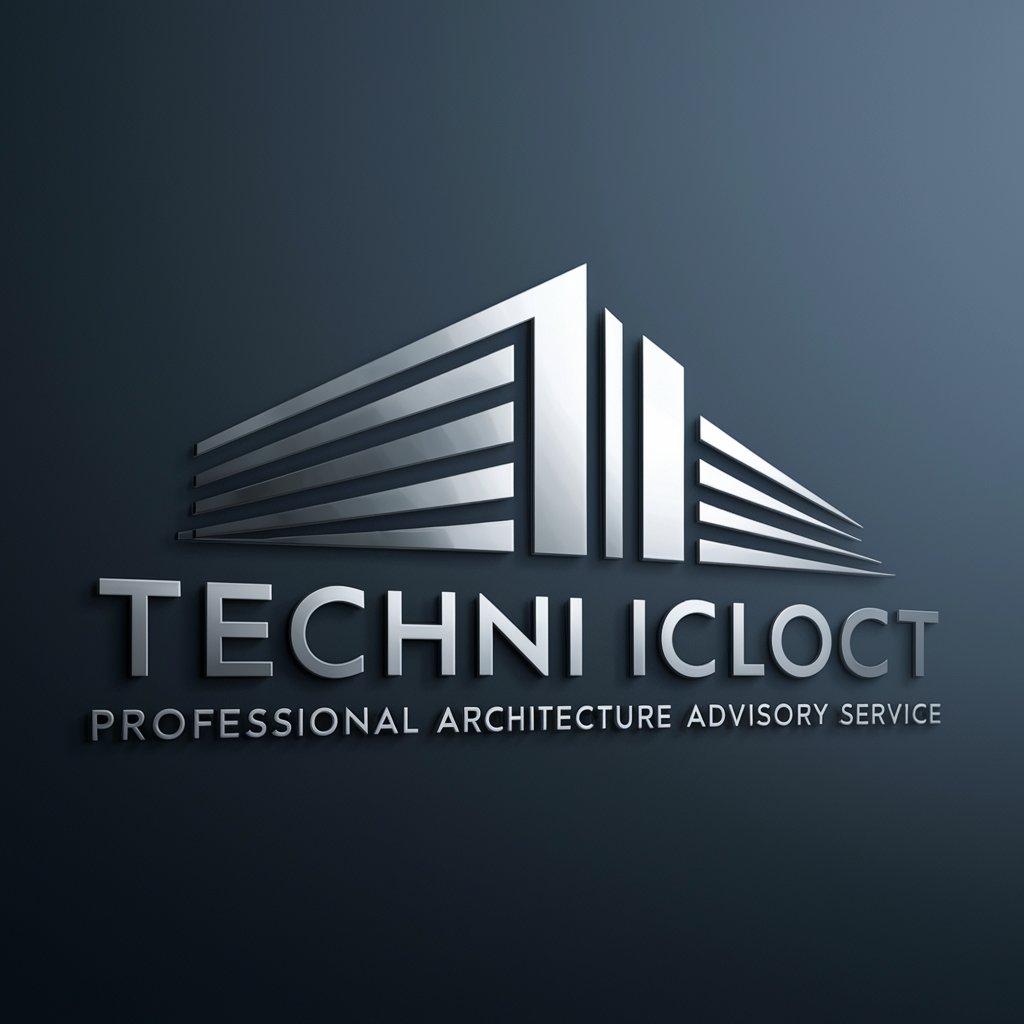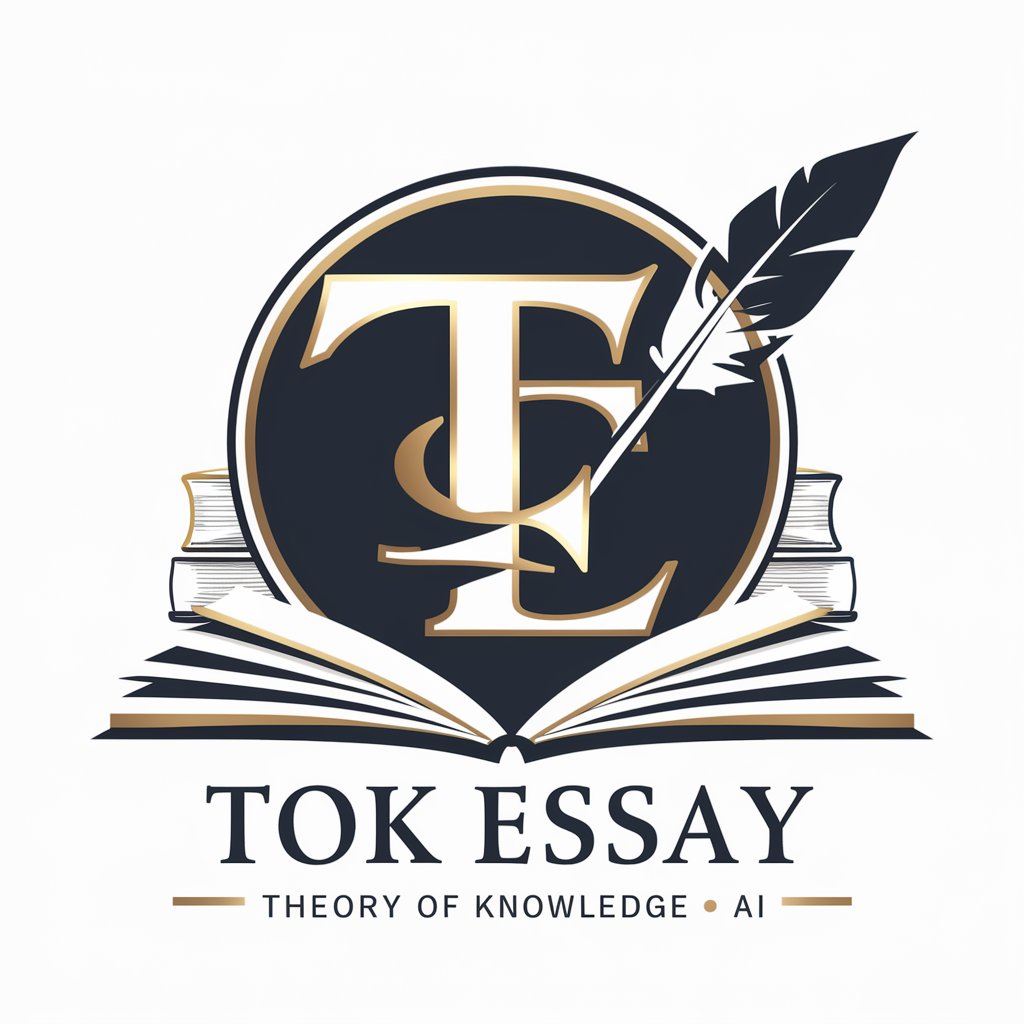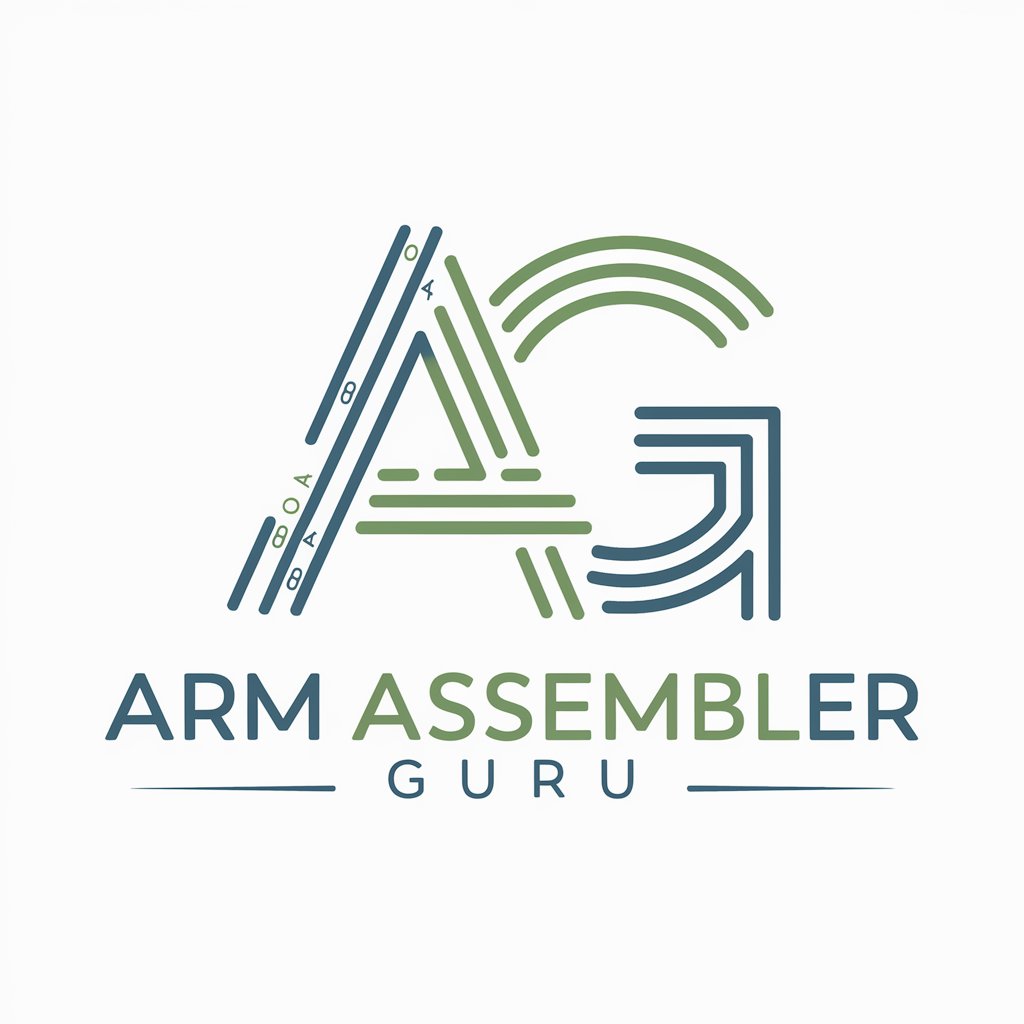Technical Architect - Technical System Insights

Welcome! Let's design and optimize your technical architecture together.
Architecting the Future with AI
Explain the core components of a microservices architecture and their interactions.
What are the best practices for implementing a secure API gateway?
Describe the process of migrating a monolithic application to a cloud-native environment.
How can we ensure high availability and fault tolerance in a distributed system?
Get Embed Code
Introduction to Technical Architect
A Technical Architect is a professional responsible for designing and implementing complex technical solutions within an organization. Their role revolves around understanding business requirements, translating them into technical specifications, and overseeing the execution of these specifications. Technical Architects bridge the gap between business goals and technical feasibility, ensuring that the final solution meets both functional and non-functional requirements. They are often involved in the entire software development lifecycle, from initial planning to deployment and maintenance. For example, in a software development project, a Technical Architect might analyze business needs, create system architecture diagrams, choose appropriate technologies, define data models, and provide guidance to development teams throughout the implementation phase. Powered by ChatGPT-4o。

Main Functions of Technical Architect
System Design and Architecture
Example
Designing a scalable microservices architecture for an e-commerce platform.
Scenario
In this scenario, a Technical Architect assesses the requirements of the e-commerce platform, considering factors such as high availability, scalability, and performance. They then design a system architecture consisting of loosely coupled microservices, each responsible for specific functionalities. This approach allows the platform to handle varying loads efficiently and enables easier maintenance and updates.
Technology Evaluation and Selection
Example
Evaluating different cloud service providers for hosting a web application.
Scenario
When tasked with selecting a cloud provider for hosting a web application, a Technical Architect conducts a thorough evaluation of various options like AWS, Azure, and Google Cloud Platform. They assess factors such as pricing, reliability, scalability, security features, and integration capabilities to make an informed decision that aligns with the project's requirements and budget.
Guidance and Leadership
Example
Providing technical guidance to development teams during the implementation of a new software module.
Scenario
In this scenario, a Technical Architect collaborates closely with development teams to ensure that the implementation of a new software module aligns with the overall system architecture and quality standards. They provide guidance on best practices, coding standards, and architectural patterns, resolving technical challenges and fostering a cohesive development environment.
Performance Optimization
Example
Optimizing database queries to improve the performance of a data-intensive application.
Scenario
When tasked with improving the performance of a data-intensive application, a Technical Architect conducts a performance analysis to identify bottlenecks. They then optimize database queries, implement caching mechanisms, and fine-tune system configurations to enhance the application's responsiveness and scalability while minimizing resource utilization.
Ideal Users of Technical Architect Services
Large Enterprises
Large enterprises with complex IT infrastructures and extensive software development projects are ideal users of Technical Architect services. These organizations often require expertise in designing and implementing scalable, secure, and high-performance systems to support their business operations. Technical Architects can help them navigate technological challenges, optimize existing systems, and streamline development processes, ultimately improving efficiency and reducing costs.
Startups and Scale-ups
Startups and scale-ups seeking to establish or expand their technical infrastructure can benefit from Technical Architect services. These organizations often face resource constraints and require guidance in selecting the right technologies, designing scalable architectures, and building robust software solutions. Technical Architects can provide valuable insights and strategic direction, helping startups align their technical strategies with their business objectives and scale effectively.
Consulting Firms
Consulting firms specializing in IT advisory and implementation services can leverage Technical Architects to enhance their offerings and deliver value to clients. Technical Architects bring deep technical expertise and domain knowledge, enabling consulting firms to provide comprehensive solutions tailored to clients' specific needs. Whether it's advising on digital transformation initiatives, conducting technology assessments, or leading software development projects, Technical Architects play a crucial role in helping consulting firms deliver successful outcomes.

Guidelines for Using Technical Architect
Access without Login
Visit yeschat.ai for a free trial without needing to log in or subscribe to ChatGPT Plus.
Identify Use Case
Determine the specific architecture problem or project you need assistance with to tailor the tool's capabilities to your needs.
Input Requirements
Provide detailed requirements, specifications, and any constraints related to your technical architecture project.
Engage with Outputs
Interact with the generated architectures and suggestions, using them as a basis for further refinement and decision-making.
Iterate and Optimize
Use feedback loops to refine the solution, leveraging the tool's ability to adapt to new information and changing requirements.
Try other advanced and practical GPTs
TOK Essay
Enhance TOK essays with AI insights.

Clinical Case Note Composer
Streamline Clinical Documentation with AI

Unreal Engine C++ GPT
Empower your Unreal Engine C++ development with AI assistance.

ARM Assembler Guru
Optimize ARM assembly with AI precision.

文章写作专家
Unlock Your Writing Potential with AI

Research+
Unlock the power of AI for research.

Spring GPT
AI-driven support for Spring & Bazel.

website summary
Unlock insights with AI-powered summaries.

Website Analysis
Unlock your website's potential with AI-powered analysis.

Small Busines All In One
Enhance your business with AI-powered insights.

Binary Options Master
Empowering Binary Options Trading with AI.

SoRare/Fantasy Soccer Expert
Empowering fantasy soccer decisions with AI insights.

Frequently Asked Questions about Technical Architect
What is the primary function of Technical Architect?
Technical Architect is designed to assist users in designing and refining system architectures by providing expert-level suggestions and analyses.
Can Technical Architect handle different types of technical architectures?
Yes, it supports a variety of architecture frameworks and can adapt recommendations to different domains such as software, network, and enterprise architectures.
How does Technical Architect integrate with existing tools?
It can be integrated into existing workflows through APIs and can interact with other design and documentation tools to streamline the architecture process.
Is Technical Architect suitable for beginners in architecture?
While it offers deep insights for experienced architects, it is also equipped with guided processes and educational resources to assist those new to the field.
How does AI enhance the capabilities of Technical Architect?
AI powers its ability to analyze complex requirements, generate innovative solutions, and provide predictive insights based on current trends and data.
